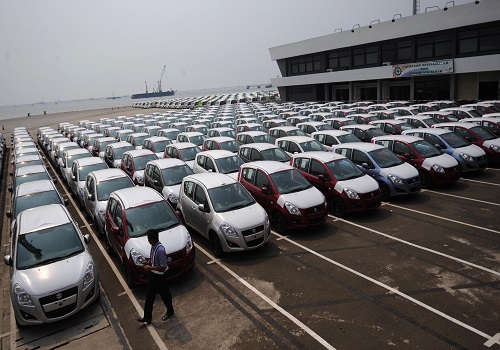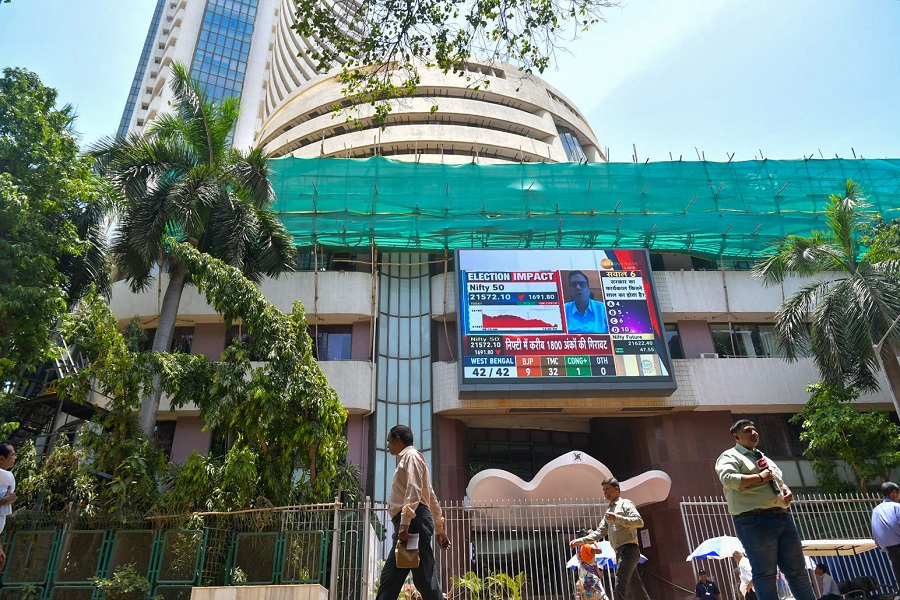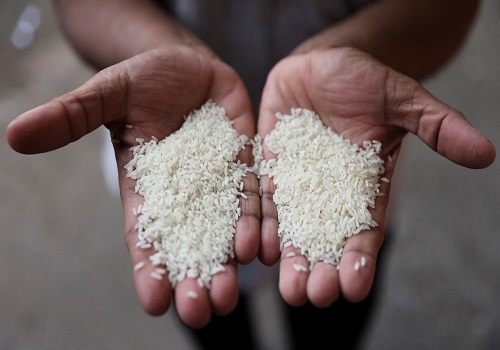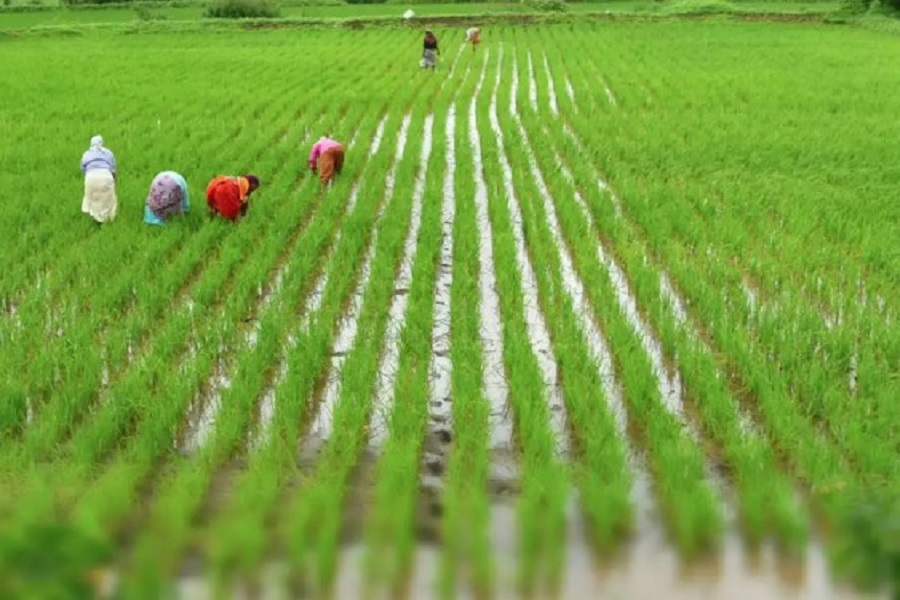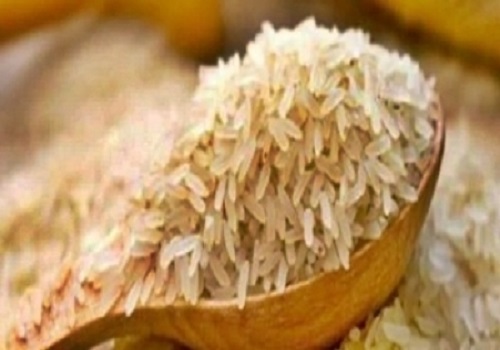Indonesia Palm Oil Exports Fall, Soybean Trade Steady by Amit Gupta, Kedia Advisory
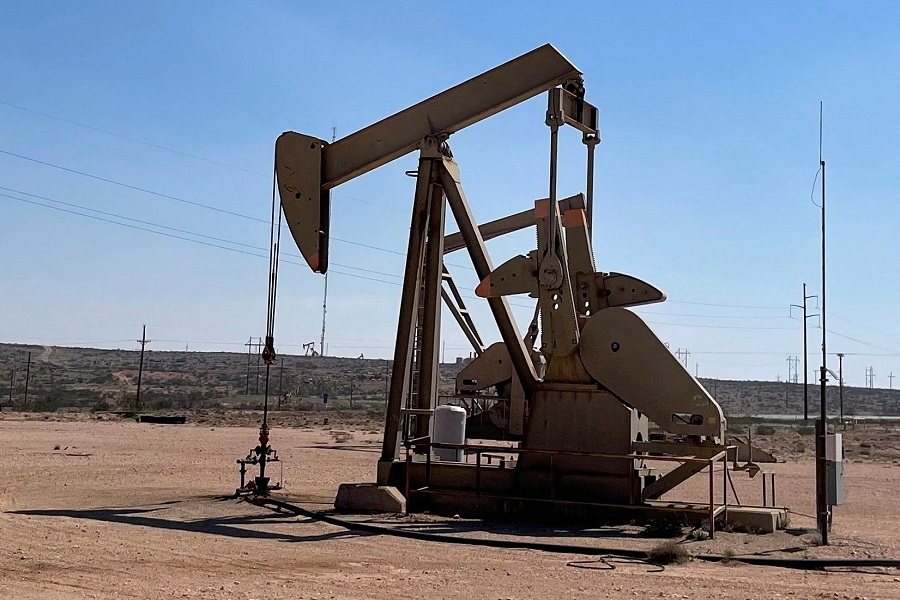
Indonesia’s palm oil exports for 2024/25 have been revised down to 22.8 MMT due to reduced export demand and the B40 biodiesel mandate, though production in 2025/26 is expected to rise 3% to 47 MMT on improved yields. Prices climbed 24% year-on-year, narrowing competitiveness with other oils. Soybean consumption remains steady at 3 MMT for 2025/26, with imports projected at 2.7 MMT, dominated by U.S. supply. Soybean meal imports are forecast at 5.5 MMT, supported by poultry feed demand. Tariff adjustments with the U.S. and the EU-Indonesia trade pact could aid future exports, though weather patterns and currency fluctuations remain key risks.
Key Highlights
* Palm oil exports cut to 22.8 MMT for 2024/25 on weak demand.
* Production for 2025/26 projected at 47 MMT, up 3% year-on-year.
* Soybean imports steady at 2.7 MMT, mainly from the U.S.
* Soybean meal imports at 5.5 MMT, driven by poultry feed sector.
* Trade optimism rises after tariff cut talks with U.S. and EU.
Indonesia’s palm oil sector is facing a mixed outlook as export projections for 2024/25 have been lowered to 22.8 MMT, down from earlier expectations, due to weaker demand from major buyers like India, China, and the United States, as well as the impact of the B40 biodiesel mandate. Despite this, production in 2025/26 is set to grow by 3% to 47 MMT, supported by favorable weather and adequate fertilizer use.
Palm oil prices surged 24% year-on-year from October 2024 to May 2025, eroding its competitive edge against other vegetable oils. Higher shipments to Pakistan and Bangladesh partially offset declines elsewhere. Market sentiment improved after U.S. reciprocal tariffs were revised to 19% and the conclusion of the Indonesia–EU Comprehensive Economic Partnership Agreement, which could reduce European tariffs in the future.
Soybean consumption is forecast to remain at 3 MMT in 2025/26, driven mainly by the tofu and tempeh industries. Imports are expected at 2.7 MMT, with the United States supplying 88% of the total. Despite lower global soybean prices, rupiah depreciation has limited buying momentum.
The poultry feed industry continues to underpin soybean meal demand, with imports forecast at 5.5 MMT in 2025/26. Lower feed ingredient costs and higher poultry feed usage have supported demand, with South America remaining the dominant supplier.
Overall, Indonesia’s oilseed sector faces a delicate balance between production gains, demand fluctuations, and trade policy changes, with weather and currency trends playing a decisive role.
In Conclusion, Indonesia’s oilseed market shows resilience in production but remains vulnerable to global demand shifts, currency pressures, and trade policy changes that will shape near-term export performance.
Above views are of the author and not of the website kindly read disclaimer

